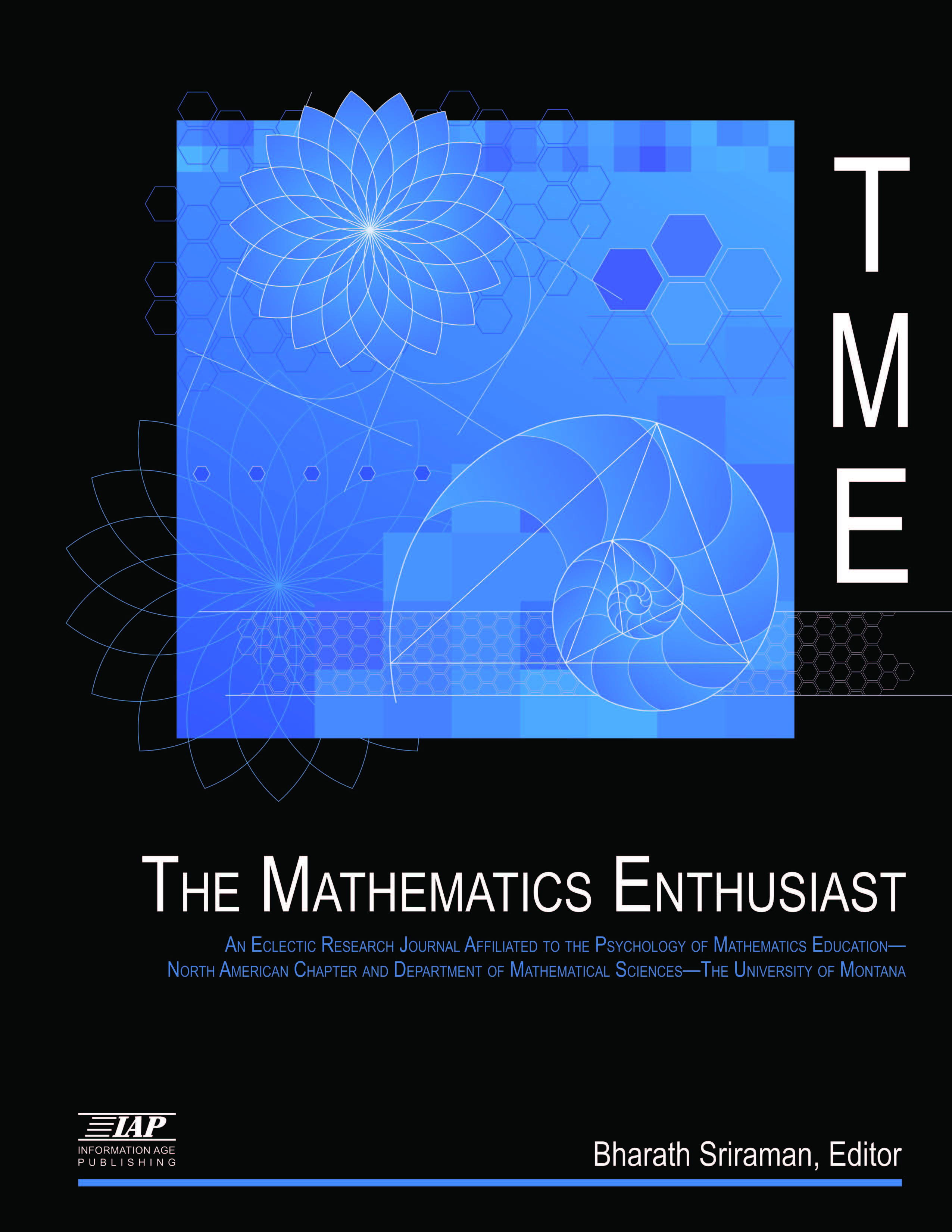
Volume
10
Issue
3
Abstract
The seven projects discussed in the preceding articles are funded by the National Science Foundation (NSF) Math and Science Partnership (MSP) program (Hamos et al., 2009), which began in 2002. One of the main goals of the MSP program is to build capacity and integrate the work of higher education, especially its STEM disciplinary faculty, with that of K‐12 to strengthen and reform mathematics and science education (Hamos et al., 2009). Thus, the MSP program brought together three sets of people (disciplinary faculty, teacher educators, and school system personnel) who do not usually work together to reform the mathematics and science education of teachers. For many of the MSP partnerships this was the first time that members of these groups were purposefully working together to develop mechanisms designed to 1) increase both preservice and inservice teachers’ mathematical content knowledge for teaching; 2) provide teachers with the opportunity to learn mathematics in the manner in which their students should learn mathematics in order to develop habits of mind similar to those of mathematicians, such as making conjectures and testing them out, modeling contextual situations with mathematics, and persevering in solving problems; and 3) engage all of the partners in collaborative opportunities focused on student learning and assessment. Accordingly, the seven partnerships discussed throughout this issue and other partnerships chose coursework at universities, some combination of coursework and professional development, and/or study groups as the mechanisms to accomplish the objectives of the MSP program.
First Page
777
Last Page
792
Recommended Citation
Strutchens, Marilyn and Martin, W. Gary
(2013)
"Making Explicit the Commonalities of MSP Projects: Learning from Doing,"
The Mathematics Enthusiast: Vol. 10
:
No.
3
, Article 10.
DOI: https://doi.org/10.54870/1551-3440.1286
Available at:
https://scholarworks.umt.edu/tme/vol10/iss3/10
Digital Object Identifier (DOI)
10.54870/1551-3440.1286
